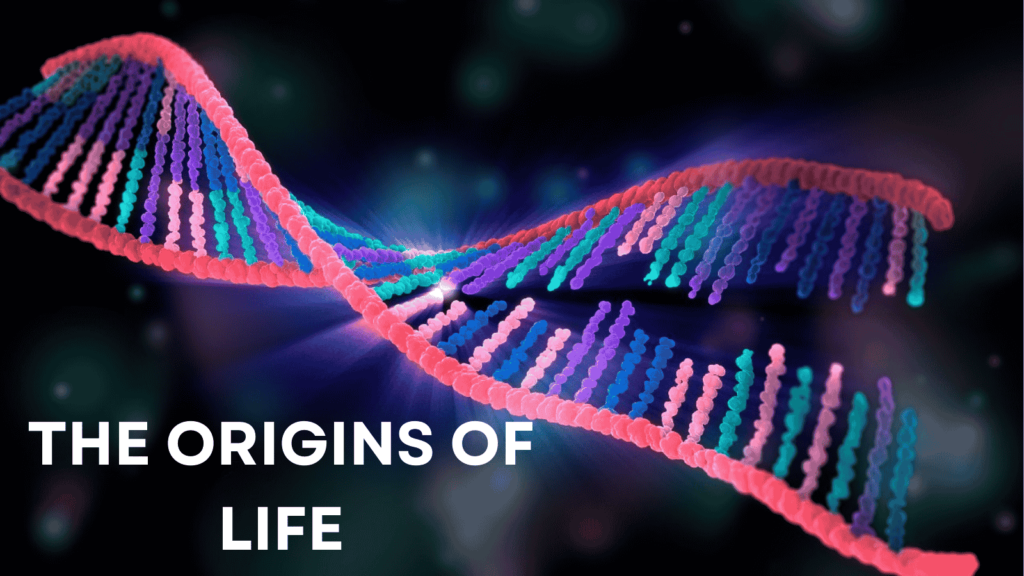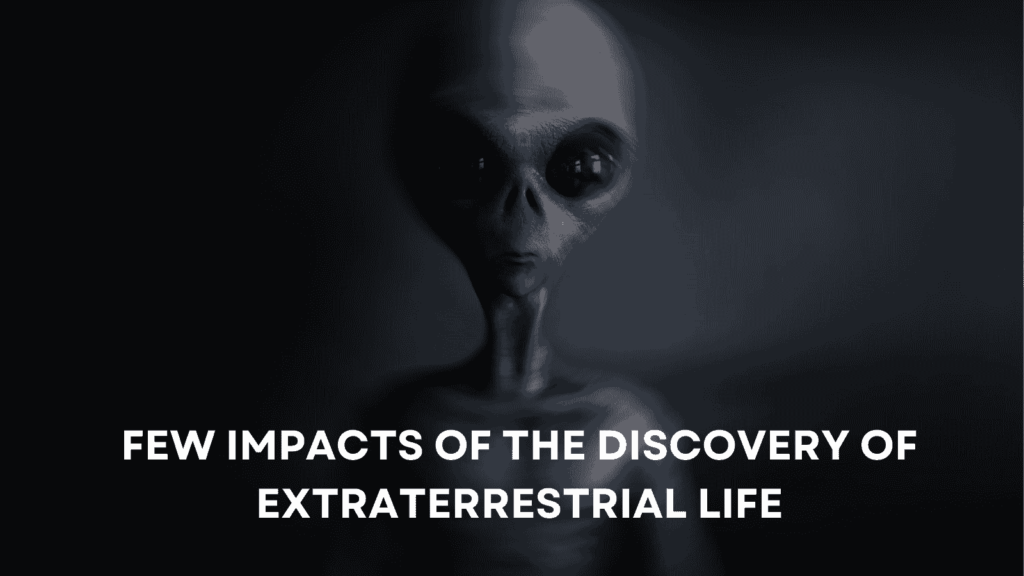Hey People! Astrobiology is a branch of science that considers the question of existing extraterrestrial life from astronomical and geological viewpoints. Astrobiology also integrates other sciences, such as biology, astronomy, geology, and atmospheric science, to study the provenance, development, distribution, and destiny of life in the universe. This exploration raises fundamental questions:
How did life begin? Are there other forms of life on other planets in the solar system and the universe? What would be the necessary conditions for life? The article discusses astrobiology, how the scientists work, and what can happen if extra-terrestrial life is found.
Let’s dive in !
Astrobiology: Looking for Life on Other Planets
The Origins of Life

In this course, it is important to understand some of the ways that life was able to form on Earth. Recent theories recommend that life started about 3.5 to 4 billion years ago.
The soup theory argues that the earth’s oceans began with the simplest organic compounds to hydrothermal vent theories, which assume that life possibly developed around these vents where warm, mineral-cramped water mixes with seawater.
New studies show that the molecules that are the basic ingredients of life, like amino acids and nucleotides, can originate in space. Other tests providing for conditions on Titan or Europa have indicated that these compounds may form in conditions wherein life could exist.
The search for extraterrestrial life
Mars: The Red Planet
Mars has always been of special interest to astrobiology mainly because it resembles Earth. Current research indicates that water was once available as a flowing liquid, which is a requirement of most living organisms on the surface of Mars.
Soldered robotic missions to explore life on Mars and the possible existence of microbial life have included the rovers Spirit, Opportunity, Curiosity, and Perseverance. For example, Curiosity recently identified pale channels and chemically related organic molecules, whereas its younger twin, Perseverance, is accumulating samples to be repatriated for terrestrial study.
Moons of Jupiter and Saturn
Besides Mars, Jupiter and Saturn systems’ icy moons attract significant attention from astrobiologists. Europa, one of Jupiter’s moons, is thought to have an ocean beneath the ice floor. Some scientists predict that this ocean could still hold bacteria.
From one perspective, it may be in touch with the rockiest layer of the moon, the mantle, through which a set of chemical reactions may occur that could support living beings, as evidenced by the earth.
For instance, Enceladus, one of Saturn’s moons, has a geyser that spits narrow plumes of water and various organic chemicals into space. The so-called hydrothermal vents were confirmed by the Cassini spacecraft as present on the ocean floor of Enceladus, making the spot habitable.
Exoplanets: Life in the Cosmos
Identifying exoplanets, those planets in solar systems other than the solar system, has diversified Astrobiology. More than a thousand exoplanets have been confirmed by the Kepler Space Telescope and its follow-up missions, some of which orbit their stars in the region where water may be liquid.
These planemos are evaluated for the presence of their atmospheres by spectroscopy by searching for biomarkers and gaseous compounds that may hallmark life, including oxygen or methane, according to astrobiologists. Such gasses may indicate biological activity and be analogs to life processes as we know them on Earth.
The Conditions for Life
Astrobiology reminds us that life, as it is known, needs certain conditions. Still, while life may require certain physical conditions, it might also be chemically different.
Water: The Universal Solvent
This substance is commonly referred to as the universal solvent and a lifetime essential element. It catalyzes chemical reactions in living organisms and aids in transferring nutrients in and around cells.
Nevertheless, astrobiologists have progressed to consider the possibility of living organisms in environments using other solvents including ammonia or methane, especially where conditions are extreme on other planets and moons.
Energy Sources
Life demands both food and light to create new individuals and natural objects. On our planet, most organisms get their energy either by photosynthesis or chemosynthesis. The capability of existing life in conditions where physical conditions are severe, like undersea thermal vents, means that life may feed chemosynthetic ally from utilizable abiotic compounds after all.
Chemical Building Blocks
Habitation on Earth is carbon, which can create more chain compounds with the element. Still, astrobiologists are open to the fact that there can be beings made of silicon or other substances and created under different circumstances.
A Few Impacts of the Discovery of Extraterrestrial Life

Even if these life forms were simple microbial organisms, the implications to humankind would be staggering. It would touch on some of today’s most popular topics in biology, evolution, and the nature of the Earth. That it could impact principles of philosophy and theology and force changes to the perceptions of man’s role in the cosmos.
Moreover, searching for the existence of different planets may help discover new technologies and sciences. The discovery of extraterrestrial organisms will impact fields that include biotechnology, medicine, and sustainable energy.
Challenges in Astrobiology
There are quite a few challenges when it comes to astrobiology. One problem is the distance between objects and the technologies at the entity’s current disposal. As we’ve seen for the case of our solar system neighbors, it is much easier said than done as we search for life in distant exoplanets; the signals we receive are feeble and come from astronomical distances away.
However, the term ‘life’ is still an object of discussion for scientists. It becomes apparent that standard classifications are insufficient for classifying all potential types of life, let alone those potentially thriving in extreme environments. This uncertainty makes the search for life tougher; thus, there is a need to come up with ways to define what we might consider alive.
Thus, the direction that astrobiology is to take in the future.
Astrobiology has had many missions and projects in the pipeline for years. Artemis by NASA plans to return to the moon with a sustainable human presence that may help advance human exploration of Mars. Moreover, the James Webb Space Telescope, scheduled for launch in 2019, will extend knowledge about the atmospheres of exoplanets, providing even biosignals in many cases.
Astrobiological studies have benefitted from cooperation between numerous space agencies, universities, and private organizations. Public interest and funding are essential to sustain these initiatives and ensure that humanity continues its quest to answer one of the most profound questions: Are we alone in the universe?
Understanding Life’s Origins
Astrobiology enables understanding of the evolution and beginning of life on Earth and the factors promoting biological life. This knowledge may help us make further conclusions about what is possible in life forms on other planets.
Advancements in Technology
Astrobiology is what keeps technology moving forward. Technologies like robotics, remote sensing, and analysis have an interesting implication that goes far beyond space exploration in the medical field, pollution and toxicities detection, and material science.
Combined Efforts of Several Fields
Astrobiology rises across different branches of science, such as biology, chemistry, geology, and astronomy. It has created an environment where interprofessional health education encourages knowledge creation and the development of new ideas to solve human health issues.
This title is quite feasible compared to some of the other places we have studied because most people can explain what an extreme environment is.
The fields include Extremophiles – organisms that live in extreme conditions or areas on Earth, which can be used to determine the potential habitability of other planets and moons, including where conditions are far less hospitable than those found here on Earth.
Implications for Humanity
The possibility of an alien existence unnerves us philosophically, theologically, and culturally when found. It makes one ask where we come from and if there is another life form in the known universe.
Conclusion
Astrobiology is an interesting branch of science that combines several branches to look for the existence of extraterrestrial life.
As we develop technology and gain greater knowledge, the search to find out if we are alone in the universe, which must redefine our existence, goes on.





